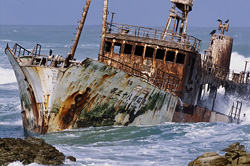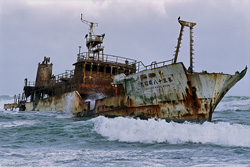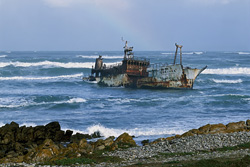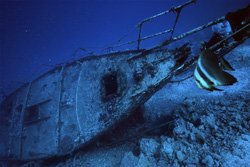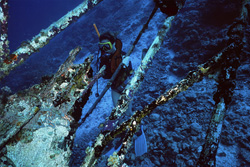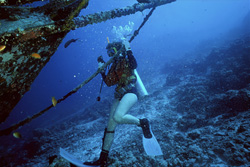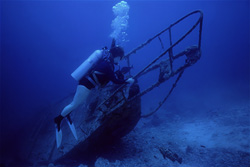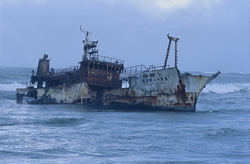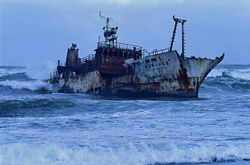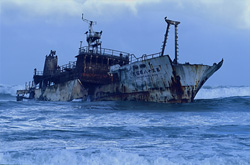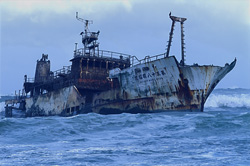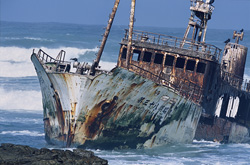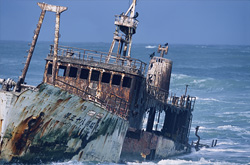Explore Captivating Shipwrecks and Uncover the Hidden Histories of Sunken Vessels Worldwide
Shipwrecks have captivated the curiosity of marine researchers and adventurers for centuries. These submerged vessels are not only fascinating relics of past seafaring but also provide insights into maritime history and the technological advancements of their time. Each shipwreck tells its own story of marine disasters, the circumstances that led to their demise, and the impact on the people and trade routes involved. Studying shipwrecks offers valuable information about historical navigation techniques, shipbuilding methods, and economic history. Famous shipwrecks like the Meisho Maru off the coast of South Africa or the lost ships of the Dutch East India Company have become important subjects in maritime archaeology. Exploring these underwater sites not only provides archaeological insights but also contributes to understanding the ecological impacts of shipwrecks on marine ecosystems. Modern diving technologies and exploration techniques enable researchers to analyze the structure and preservation state of shipwrecks in detail, aiding in the preservation of cultural heritage. Additionally, many shipwrecks serve as artificial reefs, providing habitats for a diverse range of marine life. Regions like the Graveyard of Ships at the southern tip of Africa are particularly rich in shipwrecks caused by natural events such as storms and strong currents, as well as human errors. These areas are not only treasure troves for historical discoveries but also significant for meteorological and climatic studies. Preserving and documenting shipwrecks requires close collaboration between archaeologists, oceanographers, and historians to thoroughly understand and conserve the multifaceted stories of these submerged treasures. Ultimately, shipwrecks offer a unique glimpse into the past, shedding light on the complex relationship between humans and the sea over the centuries.

